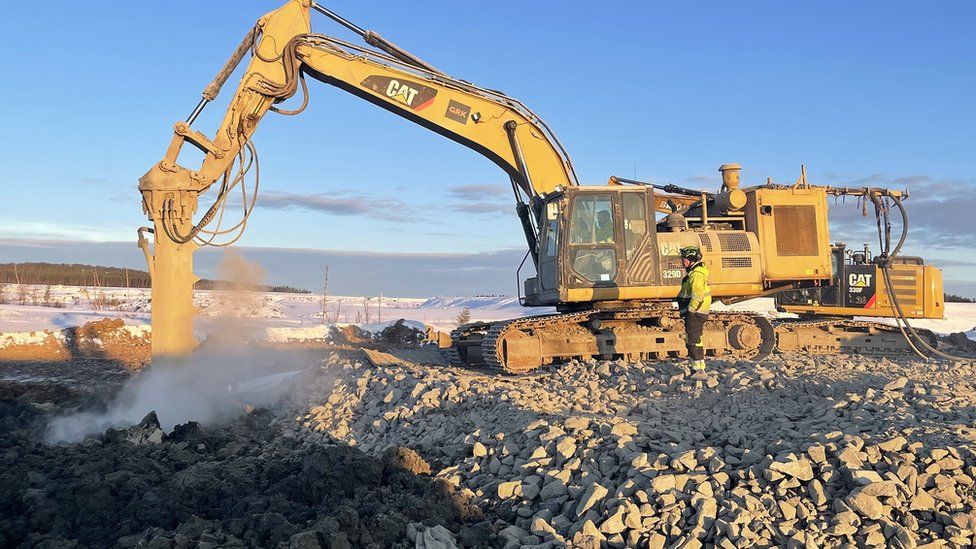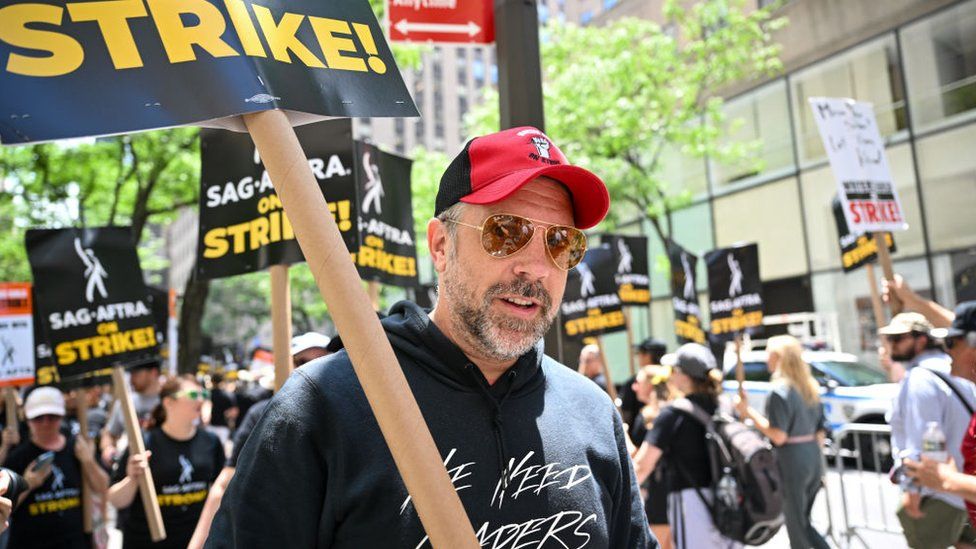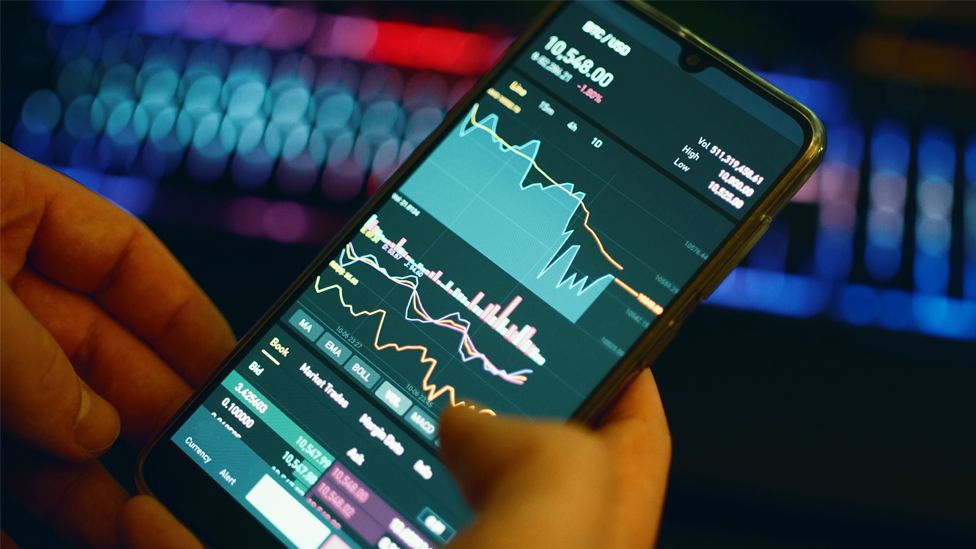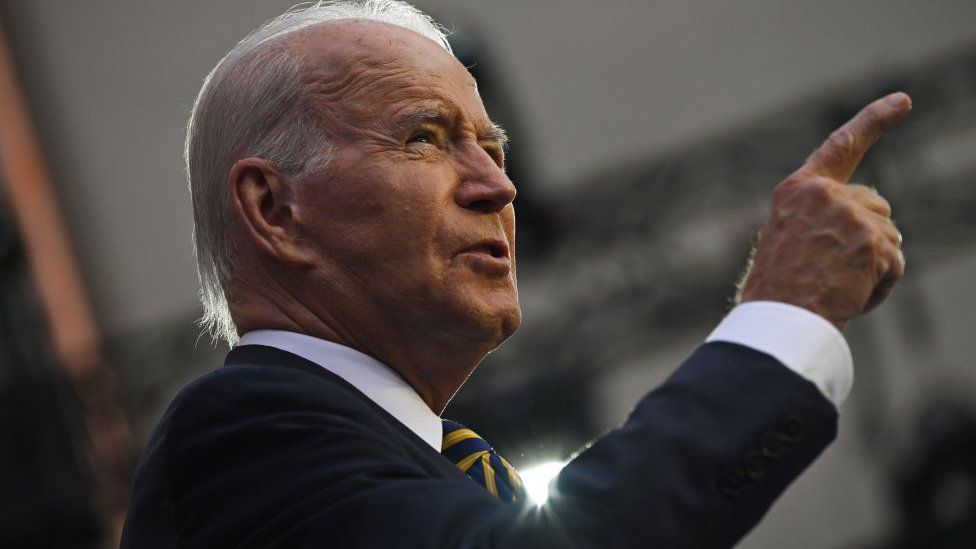The first commercial green steel in Europe will soon be produced in a small military town in Sweden's icy north.
At the site of a new steel plant just outside Boden, 900 km (559 miles) north of Stockholm, massive diggers and excavators are tearing through layers of mud, ice, and snow.
The temperature is -8C and the sun has just begun to rise at 9:00. Some of the workers are driving with their heated seats on while donning three or four jackets.
Blast furnaces are typically used to make steel. With iron ore and coking coal as food, they produce a lot of carbon dioxide emissions that contribute to global warming.
Approximately 7% of the global greenhouse gas emissions are attributable to the production of steel. The new plant in Boden, however, will make use of hydrogen technology, which aims to reduce emissions by as much as 95%.
The company behind the project, H2 Green Steel, believes it is on track to roll out the first commercial batches of its steel by 2025, even though the first structures haven't yet been built on the remote site.
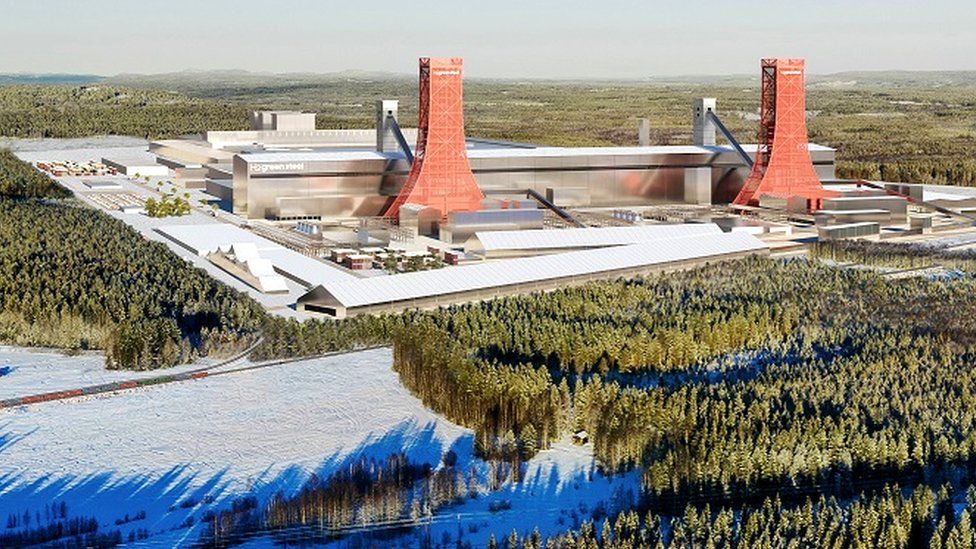
If it is successful, it will be the first significant green steel plant in Europe, and the products it produces will be used in the same manner as conventional steel produced in blast furnaces to build everything from cars and cargo ships to buildings and bridges.
H2 Green Steel is a start-up that didn't even exist before the pandemic, despite the centuries-long history of much of Europe's steelmaking industry.
Two hours south of Boden, Northvolt opened Sweden's first massive electric battery factory. In an effort to produce the steel required for the factory more sustainably, H2 Green Steel was created as a spin-off with funding from two of Northvolt's founders.
A tall building known as a DRI tower (DRI stands for a direct reduction of iron) will serve as the focal point of the new steel plant. A type of iron that can be used to make steel will be produced inside of this by hydrogen reacting with iron ore. The by-product of the reaction in the DRI tower is water vapour, as opposed to coking coal, which emits carbon.
H2Green Steel will produce all of the hydrogen used at the new environmentally friendly steel plant.
A nearby river's water is put through an electrolyzer to separate the hydrogen from the water molecules.
Local fossil-free energy sources, such as hydropower from the nearby Lule river and wind parks in the area, provide the electricity needed to create the hydrogen and run the plant.
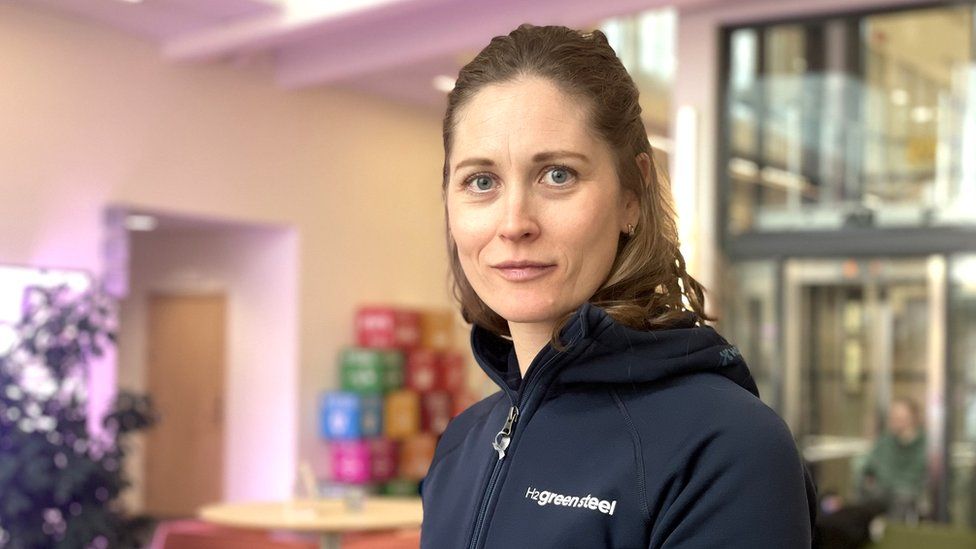
"To begin with, this is a unique location. Ida-Linn Näzelius, vice president of environment and society at H2 Green Steel, asserts that both space and green electricity are prerequisites.
H2Green Steel has already agreed to a deal with Spanish energy giant Iberdrola to construct a solar-powered green steel plant in the Iberian peninsula, and the company says it is looking into other opportunities in Brazil.
It faces friendly competition from another Swedish steel company, Hybrit, which intends to establish a comparable fossil-free steel plant in northern Sweden by 2026. This company is a joint venture between the Nordic steelmaker SSAB, the mining company LKAB, and the energy provider Vattenfall, and it has received support from the Swedish Energy Agency and the EU's Innovation Fund.
According to Katinka Lundberg, a senior policy advisor at the Brussels-based climate think tank E3G, while Sweden is leading the way in Europe in terms of carbon-cutting steel production, it is crucial to consider its potential effects in the larger scheme of things.
By 2030, H2 Green Steel intends to produce 5 million tonnes of green steel annually. The World Steel Association estimates that the annual global production is currently around 2,000 million tonnes.
According to Ms. Lundberg, Sweden's production capacity will be extremely small.
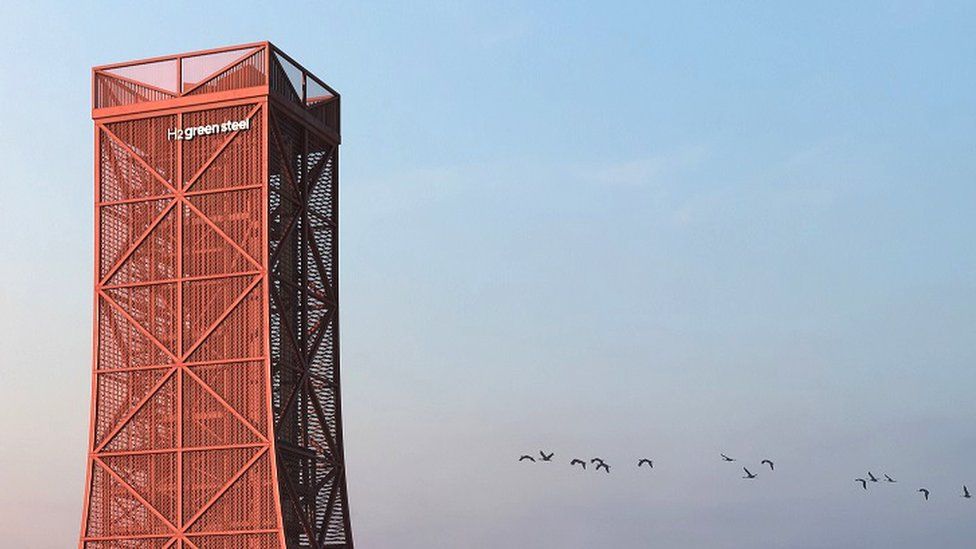
But other initiatives ought to contribute to boosting the amount of green steel that is offered in Europe.
One of these is GravitHy, which intends to launch a hydrogen-based facility in France in 2027. Thyssenkrupp, a major producer of steel in Germany, recently declared its intention to switch to carbon-neutral production at all of its facilities by 2045. ArcelorMittal, the largest steel producer in Europe, and the Spanish government are both funding green steel initiatives in northern Spain.
The Carbon Border Adjustment Mechanism, a new strategy being finalized by the EU, aims to increase the cost of European companies importing less expensive, non-green steel from other parts of the world.
As Ms. Lundberg points out, "I think it is important in that it will give industry the confidence to invest because they can see that, at least in the European context, their steel will be competitive.
additional business technology.
In addition, she notes that there is "a crucial window of action" between now and 2030, when about 70% of steelworks worldwide require maintenance and investment.
A better long-term plan, according to Ms. Lundberg, would be to invest in switching to carbon-reducing production processes rather than replacing or relining blast furnaces to increase their lifespan.
"The next eight years will be critical in determining whether businesses and investors worldwide choose to invest in the production of green steel. for a few more decades, which will "lock us in.". ".
According to Lundberg, it is difficult to predict whether the vast majority of major steel producers will take this course. "I'd say I'm optimistic, but we must continue to apply pressure. ".
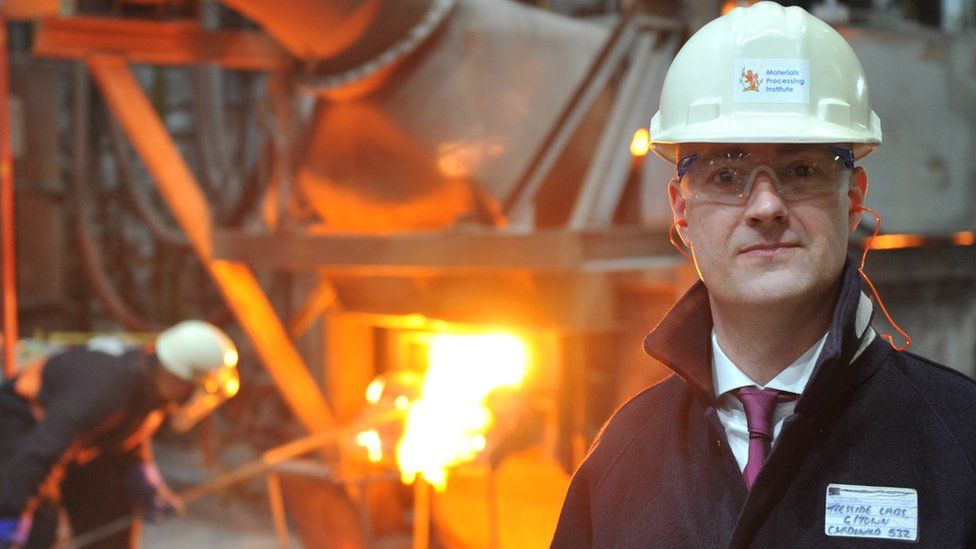
According to reports, the UK government is prepared to contribute £600 million to support the transition away from coal-fired blast furnaces by the country's two largest steel producers. Chris McDonald, the chief executive of the UK's national innovation center for steel and metals, the Materials Processing Institute, claims that the nation is still "very much a laggard" in green steel circles.
"One major factor in that is the UK's current high energy prices relative to other nations, which render the steel industry unsustainable and reduce the UK's appeal as a location for investment. ".
If existing steel plants close or require different skill sets from workers after being remodeled, Mr. McDonald says another challenge is figuring out how to mitigate high unemployment in industrial heartlands. Because we're attempting to manage both a green transition and the social consequences at the same time, he claims, it's more difficult than simply opening up the market and allowing new competitors to enter.
The arrival of H2 Green Steel in Boden is seen as a significant opportunity for job creation in a region that has been begging for new industries for decades.
Thousands of people relocated elsewhere in search of employment as a result of army budget cuts and the closure of a sizable hospital in the area in the 1990s, which caused the small military town to shrink.
The town's social democrat mayor Claes Nordmark claims, "This is our biggest opportunity in more than 100 years.". "This means everything to us. It means jobs, it means more restaurants, it means more sponsorship for our handball, ice hockey, and football teams, among other things.
. "

